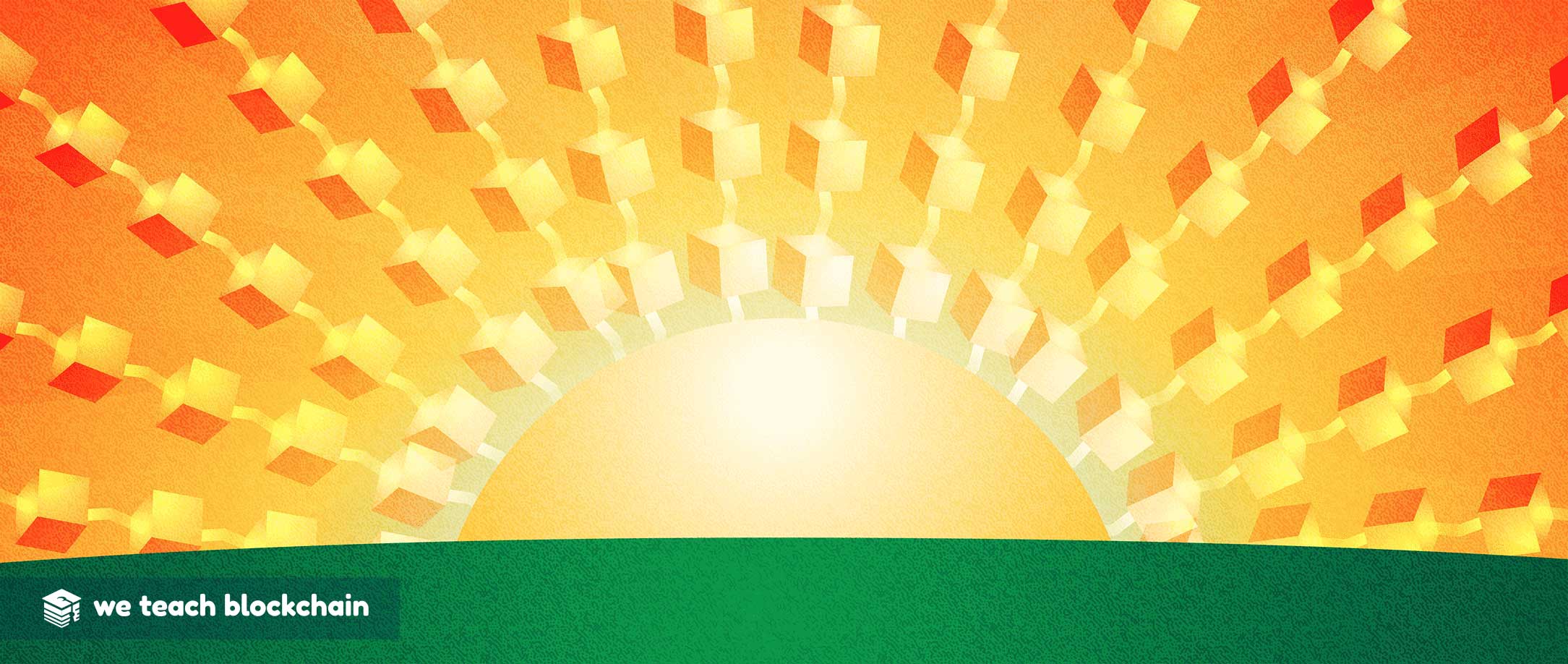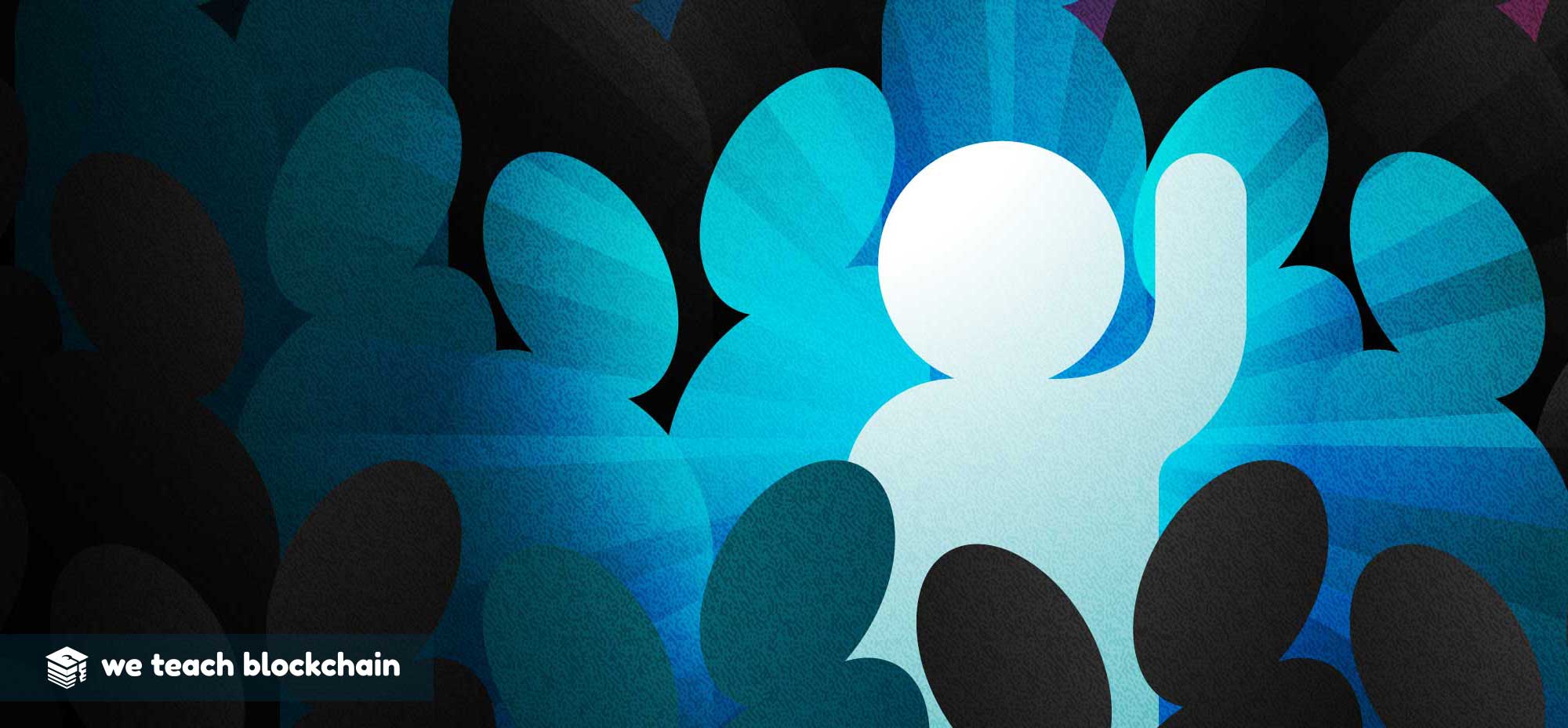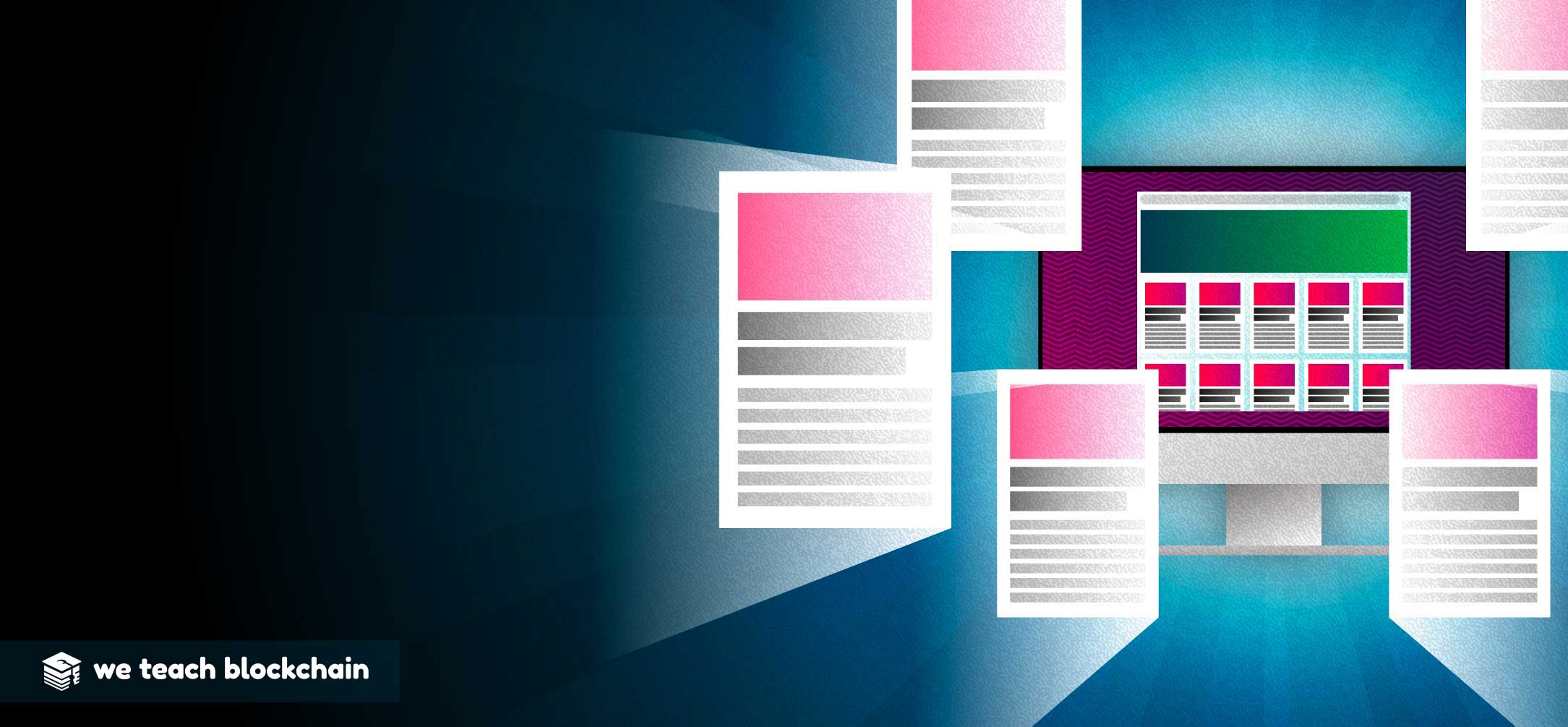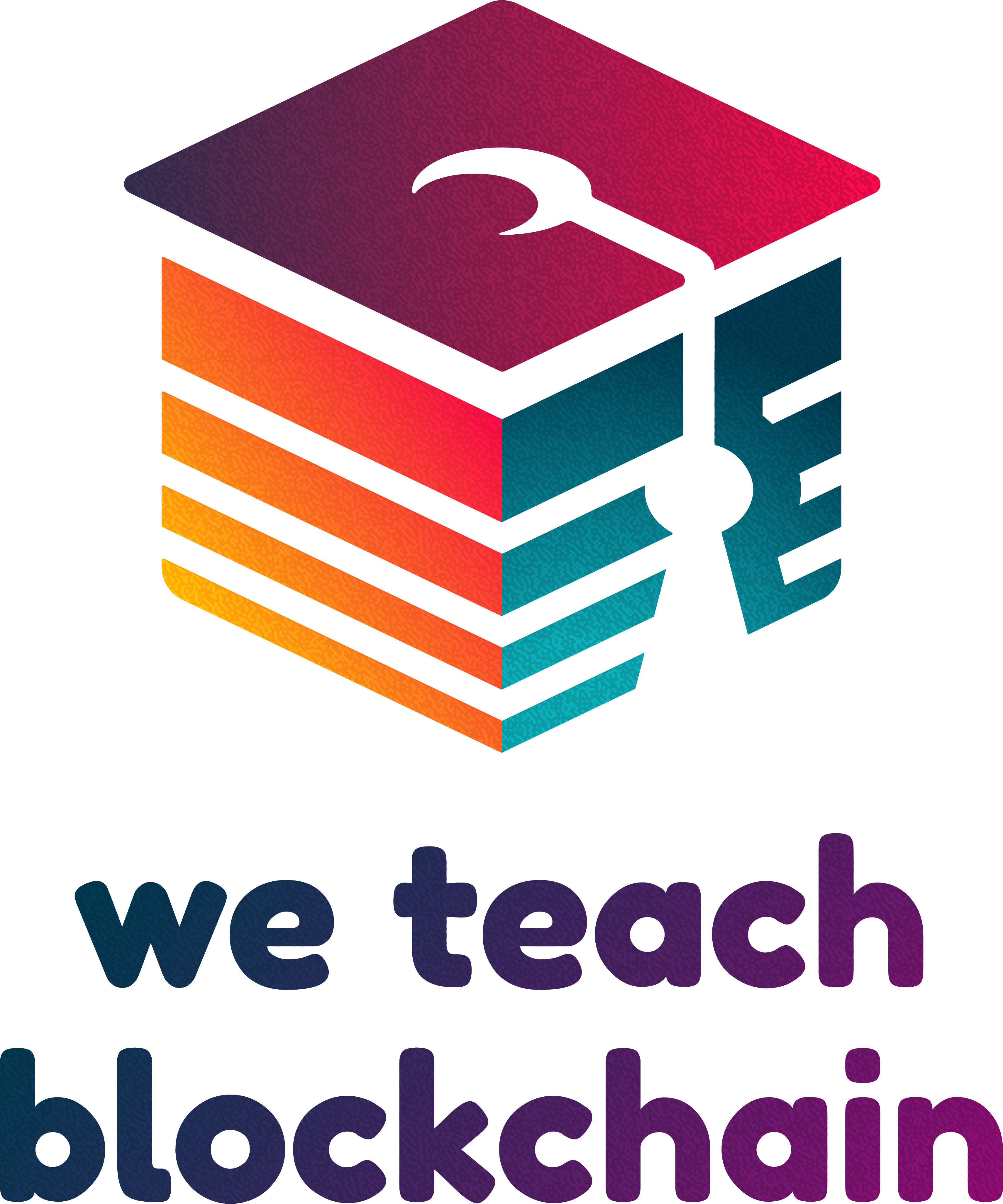Blockchains are a fairly new technology, with the first one, Bitcoin, debuting about a decade ago. The goal for early blockchains was clear. They were trying to prove themselves as a secure, decentralized monetary system. Bitcoin became a store of value, but was technologically limited by having to create blocks every ten minutes. Since transactions are only confirmed when a block is created, it’s not exactly a fast solution. Most blockchains work fine when they aren’t being tested by immense traffic on the network. But as soon as more people use the network, backlogs and bottlenecks are a very real possibility. To use the network at scale some changes had to be made.
THE SCALING PROBLEM

The second-generation blockchains looked to solve this scalability issue, however, most came to find they had to sacrifice either speed, security, or decentralization to achieve greater scalability. This is described as the scalability trilemma, and it’s something that’s on the mind of blockchains developers.
The ideal blockchain would have all three of the characteristics: security, decentralization, and speed. But as we demonstrated above, having all three of these characteristics at scale, with many people using the network, is the true test. And it is becoming increasingly clear that without innovation this “utopian chain” cannot be achieved.
But fortunately, innovators are working on scalability solutions as we speak, whether it be the lightning network, sharding, or Eth 2.0. This problem is facing every blockchain and each is trying to come up with their own solutions. While these solutions will bring us closer to achieving all the desirable aspects of a blockchain, will these solutions bring blockchains to this ideal level of funcitonality? It will likely get us closer to our goal, but even with these solutions implemented it is unlikely that all three criteria could be completely satisfied. Only time will tell.
BITCOIN

Bitcoin scaling has been a very contentious issue. The most promising Bitcoin project designed to address the scalability issue facing Bitcoin is the Lightning Network. The Lightning network conducts off-chain transactions that sync with the blockchain at the open or close of transaction channels. The Lightning Network is designed to make Bitcoin easier to use in everyday commerce settings. This design keeps the security of normal/on-chain Bitcoin transactions and at any time these parties can settle on-chain. Channels are open between individuals or entities that are going to be doing continued business. The structure of the network allows for these smaller transactions to be executed without waiting for the confirmations needed on the Bitcoin blockchain, making transactions much faster. The Lightning Network has long been cited as a possible solution for everyday spending and routing of bitcoin through these party channels.
ETHEREUM

PLASMA
Ethereum-based Plasma introduced a novel scaling solution that could enable Ethereum to reach many more transactions per second. Like payment channels in the Bitcoin Lightning Network, Plasma is a technique for conducting off-chain transactions while relying on the underlying Ethereum blockchain to ground its security. The goal is to take computational operations away from the Ethereum “main chain” and perform them “off-chain” instead. These techniques are still able to sufficiently guarantee a certain level of security and finality.
Plasma takes this idea even further by allowing for the creation of “child” blockchains attached to the “main” Ethereum blockchain. These child-chains can even spawn their own child-chains, which can themselves have another set of child-chains etc. So Plasma is many branching blockchains linked to one root blockchain, Ethereum. More complex operations can be performed on the child-chain than are possible on the main chain, allowing developers to run entire applications with thousands of users. Ideally, this Plasma-chain can operate at faster speeds and lower fees than the main chain, as they do not need to be replicated across the entire Ethereum blockchain.
ETH 2.0
Eth 2.0 describes a series of protocol changes that Ethereum will undergo in the near future. It is likely that many of these protocol changes will be rolled out at different times, with Ethereum already getting ready to switch to Proof-of-Stake with the launch of their beacon chain. According to Ethereum creator Vitalik Buterin, the first set of protocol changes, coming out over the next couple of years, should see Ethereum scale to a level where it can process as many transactions as popular centralized payment processors. Once Eth 2.0 is comepletely implemented, that number should increase exponentially
SHARDING
Another possible scaling solution that has been considered is what is known as Sharding. Sharding is a method to solve scalability issues simply by dividing the blockchain into pieces known as “shards.” This mitigates the amount of data that has to be referenced and exchanged per transaction, ultimately increasing transaction throughput.
Sharding is pretty much exactly what it sounds like. You’re taking a blockchain and breaking it into these shards, pieces of the blockchain which can be re-categorized or put into a certain neighborhood, depending on node status or geographic location. This categorization is important because once you are part of a shard, you can interact much easier with others within the same shard; the data within the shard is much smaller than data contained in a full blockchain. However, sharding limits the ability to transact with an entire network, as different shards may not be able to interact with each other. If shards are neighborhoods, then the limitation of shards is that it only lets you interact within your neighborhood.
This might seem like an excellent scaling solution; however, it comes with its own set of problems. If you segment the blockchain and become part of one shard, it makes it near impossible to interact with a different shard without adding a separate protocol. Additionally, to prevent any type of double-spending, you must lock your funds into a specific shard, restricting your interaction to those in the shared shard. While sharding might address scaling in a certain capacity, it does so in a very limiting way. Could there be specific use cases where sharding is a viable solution? Sure. Any situation where you can be restricted to one neighborhood without hindering functionality. However, the limitations facing sharding might not make the method a reasonable scaling solution for all projects.

Blockchain technology is promising, but it is still in its infancy. While these systems have been designed and utilized, they have not been able to meet excessive demand placed upon the network, resulting in exorbitant fees and stalled transactions. The failure of blockchains to meet high demands is what is known as the scalability issue. Current technology only allows a decentralized network to process a handful of transactions per second, an untenable status quo if the technology is to enter the mainstream. However, several projects are looking to solve the scalability issue, each in their unique way. These ideas can be put into two categories, on-chain vs off-chain scaling. On-chain scaling looks to improve the current status quo by adjusting block storage while off-chain scaling projects have created parallel networks to help alleviate the pressure put on the main chain. While the scaling problem has yet to be solved, there are promising innovations on the horizon, ready to tackle this issue.
Blockchains are set to make a major impact on the business world. In this module, we explored private blockchains, blockchain governance, and scaling decentralized networks. In the next module, we’ll explore markets, cryptocurrency, and finance.




